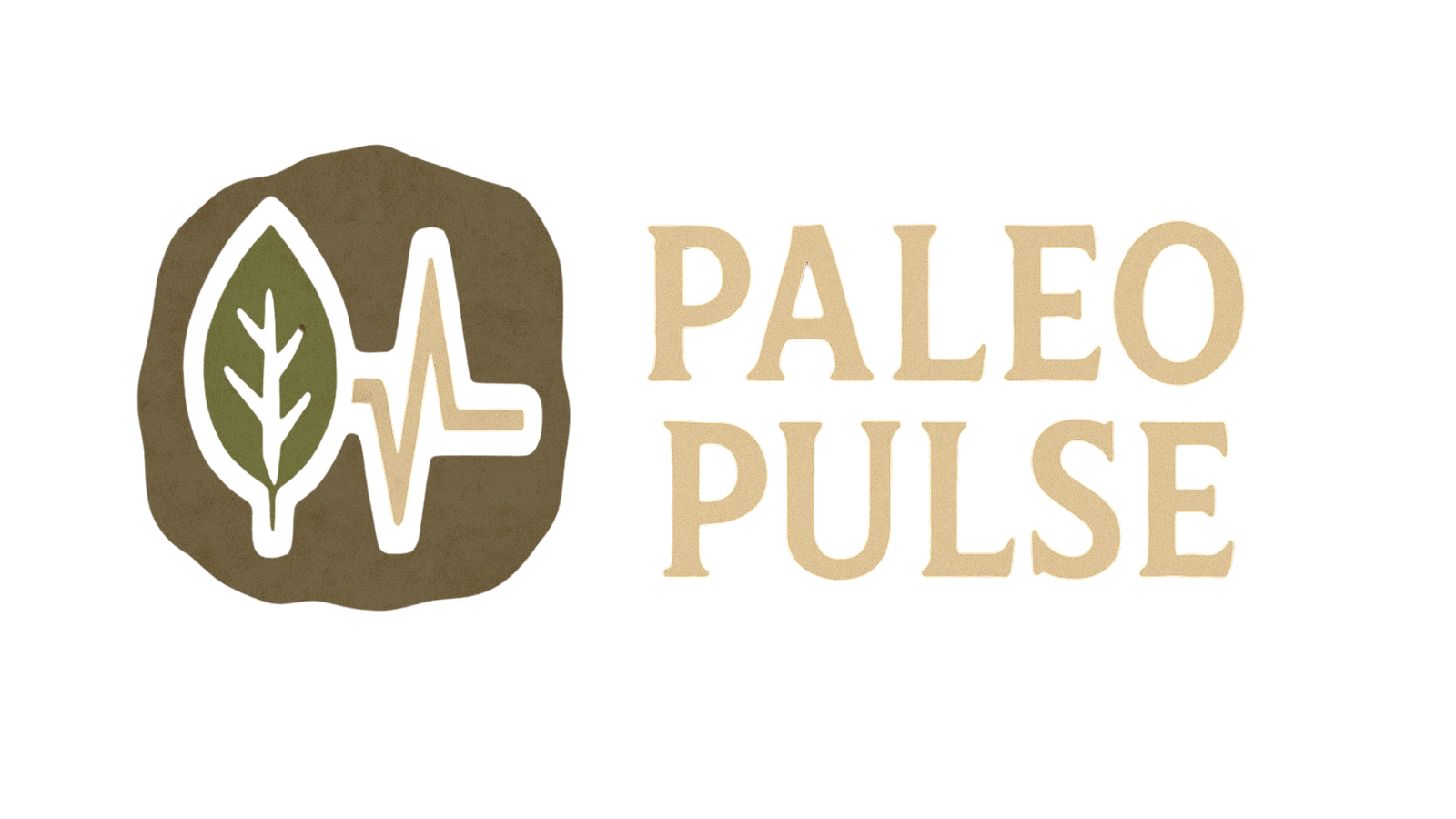Ever wondered what it really means to “eat like your ancestors”? The Paleo diet is more than just a trendy way to eat—it’s a return to the basics of real, nourishing food. By cutting out processed ingredients and focusing on what early humans would have eaten in the wild, the Paleo lifestyle helps modern-day eaters fuel their bodies the way nature intended.
If you’re new to Paleo, this guide will walk you through everything you need to know to get started: what it is, what you can eat, what to avoid, and how to make the transition simple and sustainable.
What Is the Paleo Diet?
The Paleo diet, short for “Paleolithic,” is inspired by the eating habits of our pre-agricultural ancestors—think hunter-gatherers rather than fast food lovers. The idea is simple: if a caveman couldn’t hunt it, fish it, gather it, or forage it, it’s probably not Paleo.
That means choosing whole foods that our bodies were designed to digest and thrive on—no factories or food labs required. The Paleo approach encourages meals made from real ingredients and eliminates the modern additives that often cause inflammation, energy crashes, and digestive issues.
What Foods Can You Eat on the Paleo Diet?
One of the biggest misconceptions about Paleo is that it’s all meat, all the time. While quality animal protein plays a central role, the diet also emphasizes colorful vegetables, healthy fats, and seasonal fruits.
Here’s a quick Paleo-approved food list to get you started:

- Grass-fed beef
- Pasture-raised chicken and pork
- Wild-caught fish and seafood
- Eggs

- Leafy greens (spinach, kale, arugula)
- Root vegetables (sweet potatoes, carrots, beets)
- Cruciferous vegetables (broccoli, cabbage, Brussels sprouts)

- Berries (strawberries, blueberries, raspberries)
- Apples, pears, bananas
- Citrus fruits

- Avocados
- Coconut oil and coconut milk
- Olive oil
- Nuts and seeds (in moderation)

- Bone broth
- Fresh herbs and spices
- Fermented foods like sauerkraut and kimchi
What to Avoid on the Paleo Diet
To follow the Paleo diet, you’ll need to avoid modern agricultural products and highly processed items that didn’t exist in ancient diets.
Here’s what’s off the table:

- Wheat, oats, rice, corn, barley

- Beans, lentils, peanuts, soy

- Milk, cheese, yogurt (some Paleo versions allow full-fat, grass-fed butter or ghee)

- White sugar, high fructose corn syrup, artificial sweeteners

- Packaged snacks, frozen meals, fast food

- Canola, soybean, corn, sunflower oil
Common Myths About the Paleo Diet
Let’s bust a few popular myths:
Myth 1: “It’s just another fad diet.”

Myth 2: “It’s all meat and bacon.”

Myth 3: “You have to do it perfectly.”

How to Start the Paleo Diet
Starting Paleo doesn’t have to be overwhelming. Here are some simple steps to get you going:
- Clean out your pantry. Ditch the processed foods and snacks you won’t be eating.
- Shop the perimeter of the store. That’s where the real food lives—produce, meat, eggs, and healthy fats.
- Start with simple meals. Think grilled chicken with roasted vegetables or a breakfast of eggs and fruit.
- Meal prep ahead of time. Having food ready helps you stay consistent when life gets busy.
- Focus on how you feel. Better energy, clearer skin, and improved digestion are common early wins.
What Are the Benefits of the Paleo Diet?
While results vary from person to person, many people notice:
More stable energy throughout the day
Fewer sugar cravings
Clearer skin
Better sleep
Weight loss (without counting calories)
Reduced bloating and inflammation
Final Thoughts
Eating Paleo is more than just a diet—it’s a mindset shift. It’s about nourishing your body with foods it recognizes, steering clear of harmful additives, and embracing a simpler way to eat. Whether you’re here to heal, energize, or simply reconnect with food, Paleo offers a strong foundation for lasting wellness.
Ready to Start Your Paleo Journey?




Leave a Reply